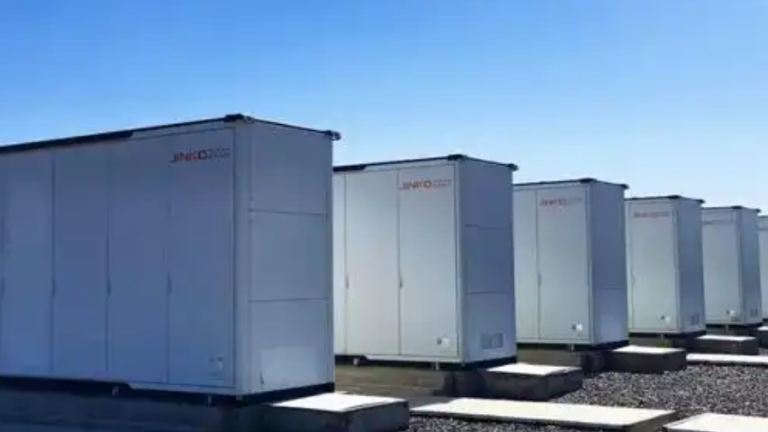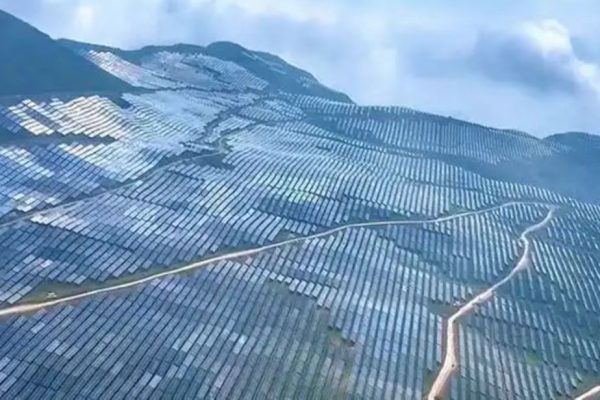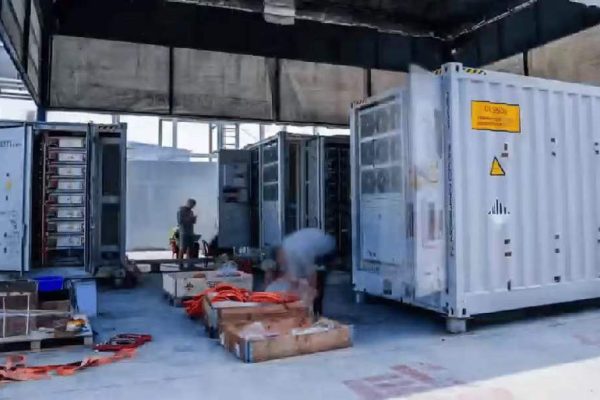Optimizing Battery Sizing and System Design for Reliable Off-Grid and Weak-Grid Applications
1. Introduction
Rural energy projects—whether off-grid, weak-grid, or hybrid PV + storage systems—present a unique challenge: how to align fluctuating solar generation with variable and unpredictable daily load curves. In such settings, energy storage systems (ESS) are not just optional; they are mission-critical.
Yet simply adding a battery is not enough.
Optimizing the daily load curve is essential for ensuring that the energy system:
- Matches real-world consumption patterns,
- Minimizes storage oversizing and underutilization,
- Delivers cost-effective, reliable power for rural users.
This article explores how technical teams and project buyers can analyze, optimize, and adapt daily load profiles to design more effective storage systems for rural scenarios.
2. What Is a Daily Load Curve?
A daily load curve shows how electrical demand varies across 24 hours. It reflects the timing, duration, and magnitude of electricity usage.
Typical Rural Load Characteristics:
- Morning and evening peaks (e.g., 6–9 AM and 6–10 PM)
- Low daytime usage, often when solar is abundant
- Heavy appliance clustering (fans, lighting, water pumps)
- Seasonal shifts based on farming, weather, or school calendars
- Intermittent surge loads from motors or welding equipment
⚡ A well-designed storage system must bridge the mismatch between solar generation and load demand—both in energy (kWh) and power (kW).
3. Challenges in Rural Load Curve Optimization
3.1 Data Scarcity
Many rural projects lack detailed load data. Instead, sizing is based on:
- Interviews with users
- Manual readings from previous systems
- Default consumption assumptions
This leads to:
- Overdesign (wasting capital)
- Underdesign (frequent outages or inverter overloads)
3.2 Load Behavior Is Often Non-linear
For instance:
- A water pump may draw 2.5 kW for 30 minutes
- Five households might turn on lights and fans at the same time
- Power factors vary, especially for inductive loads
This requires the ESS to manage surge loads, reactive power, and peak demand windows—not just total energy.
4. Step-by-Step Load Curve Optimization Strategy
Step 1: Baseline Load Assessment
- Collect hourly/daily usage logs from similar projects
- Use smart meters, inverter data logs, or IoT-based energy monitors
- Identify seasonal load changes (e.g., irrigation months)
Step 2: Create Load Clusters
Group loads by type and time:
| Load Type | Time Window | Power (kW) | Energy (kWh) |
|---|---|---|---|
| Lighting | 6 PM – 10 PM | 0.2 | 0.8 |
| Fan/Motor | 12 PM – 3 PM | 0.5 | 1.5 |
| Water Pump | 6 AM – 6:30 AM | 2.5 | 1.25 |
| Phone Charging | 7 PM – 11 PM | 0.1 | 0.4 |
This helps define which loads must be supported, for how long, and at what priority level.
Step 3: Apply Load Shifting or Shedding
- Can water pumping shift to mid-day when solar is high?
- Can LED lighting reduce total nighttime demand?
- Can charging outlets be limited to certain hours?
Load shifting strategies can reduce battery size by aligning demand with solar availability.
Step 4: Use Software Modeling Tools
Tools like HOMER, PVsyst, or custom Excel simulators can:
- Simulate PV + ESS performance over 365 days
- Model different load curve scenarios
- Estimate storage autonomy, depth of discharge (DOD), and charge cycles
📌 These tools help avoid oversizing the battery while still achieving reliability.
5. How Load Curve Optimization Impacts System Design
| Design Element | Without Load Curve Optimization | With Optimization |
|---|---|---|
| Battery Capacity | Oversized to cover unknown peaks | Right-sized with clear load clusters |
| Inverter Sizing | Overbuilt for occasional surge loads | Matched to actual power windows |
| Solar PV Sizing | Guesswork based on average demand | Designed to cover specific load blocks |
| Cost Per Watt-hour | High due to overdesign and inefficiency | Lower due to balanced generation & usage |
6. Load Curve Templates for Common Rural Use Cases
6.1 Village Household Cluster (5–10 Homes)
- Morning Peak: Lighting, phone charging, water heating
- Midday Dip: Minimal use (people outdoors)
- Evening Peak: Fans, lights, cooking
Optimization Tips:
- Encourage solar cooking or mid-day irrigation
- Use shared community charging stations during solar hours
6.2 Rural Health Post
- Consistent load during day: refrigeration, fans, lighting
- Occasional nighttime peak: emergency lighting, oxygen concentrators
Optimization Tips:
- Use LFP battery with high cycle life
- Critical load panel for medical devices only
6.3 Farming Operation (e.g., irrigation, milling)
- High motor loads in early morning or late afternoon
- Idle overnight, light admin use
Optimization Tips:
- Shift motors to mid-day when solar is available
- Use variable frequency drives (VFDs) to reduce peak loads
7. Role of Inverters and EMS in Optimization
7.1 Hybrid Inverter Features
- Time-of-use programming
- Load prioritization (critical/non-critical loads)
- Generator input with auto-start
- PV curtailment when battery full
7.2 EMS (Energy Management System)
In more advanced systems (especially mini-grids), an EMS can:
- Forecast solar production and adjust load accordingly
- Trigger deferrable loads (e.g., pumps) when solar excess is detected
- Send SMS or app alerts to users when battery is low
✅ A basic EMS function can help reduce battery abuse and maximize PV usage.
8. Sourcing Perspective: Questions to Ask Suppliers
If you’re an overseas buyer or integrator sourcing for rural projects, make sure to ask:
- Can the inverter log and export hourly load data?
- Does the battery include real-time DOD and cycle tracking?
- Are modular battery sizes (e.g., 2.4 / 5 / 10 kWh) available for custom load curves?
- Can the EMS or inverter enforce load shedding automatically?
These features are essential to support flexible rural load curves without overspending on capacity.
9. Conclusion
Optimizing the daily load curve is not a luxury—it’s a necessity for rural energy projects to succeed. Without it, systems are either unreliable or unnecessarily expensive.
By conducting thorough load analysis, applying strategic load shifting, and choosing the right system architecture, you can design energy storage systems that are more affordable, scalable, and sustainable for rural users.









